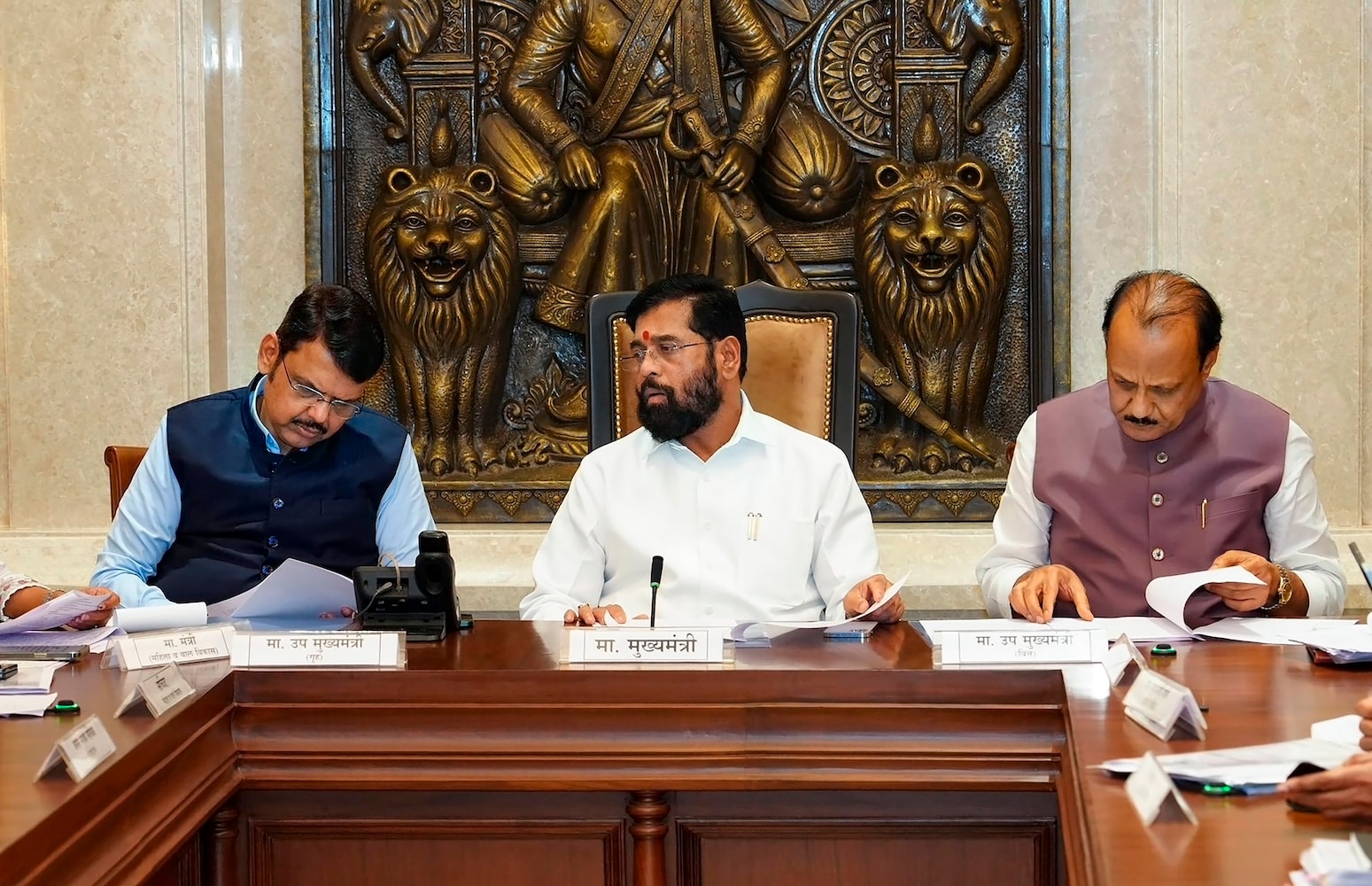
There has been a surge of interest in the history and cultures of the indigenous peoples of the Caribbean, both before and after European contact, over the last decade or so. In 2016 historian/archaeologist/anthropologist Arie Boomert published an excellent book, The Indigenous Peoples of Trinidad and Tobago From the First Settlers Until Today. Now Lennox Honychurch, with his new book, Resistance, Refuge, Revival: The Indigenous Kalinagos of Dominica (Papillote Press), has provided an authoritative but accessible study of Dominica’s First People.
Honychurch is the leading historian of his native Dominica, and has also been deeply involved for many decades in that island’s cultural life. He combines the skills and expertise of the historian with those of the anthropologist (he has a doctorate from Oxford in that subject). Moreover, he’s conducted his own personal investigations into Kalinago culture and life ways as a resident scholar, activist and writer.

This 282-page book is based on over 50 years of research on the written sources about the Kalinagos, archaeological investigations, anthropological and linguistic studies, and much else—there are over 20 pages of notes and an eight-page bibliography. But the writing is accessible and the book is lavishly illustrated. As the title indicates, the book is divided into three parts.
The first, titled “Resistance”, covers the first arrival of the Kalinagos to Wai’tukubuli (“Tall is her body”) up to the 1600s. They were the last indigenous group to settle in Dominica before 1493, when Columbus got there. Honychurch explains how the combination of a “defiant terrain” (mountains) and fierce Kalinago resistance delayed European conquest, so that Dominica was the last island to be colonised, starting in the mid-1700s.
Based on historical documents, archaeological investigations and the present-day oral history and skills of Kalinago descendants, Honychurch outlines the culture and life ways of these people before European contact. He then goes on to narrate the complex story of how they interacted with arriving Europeans in the 1500s and 1600s. Military resistance was important, but the Kalinagos also had other strategies: trading relationships, social and political negotiations, incorporating ethnic aliens (Europeans, Africans, mixed-race people) into their culture, and changing their lifestyles for their physical and cultural survival.
Honychurch points out that the Kalinagos had always changed traditional ways to meet new challenges and newly arriving ethnic groups, even if the Europeans obviously posed unique difficulties. Part two, called “Refuge”, shows that when French and then British colonisation of Dominica began in the 1700s, the Kalinagos withdrew as much as possible from the new plantation zones, going into the forests and mountains of the north-east part of the island—in “splendid isolation”, as he puts it. Three fascinating chapters examine the Kalinagos’ material culture, based on canoes and sea faring, on basket weaving, and on the cultivation, processing and cooking of the cassava.
Honychurch brilliantly describes the process of constructing canoes—from stone and shell tools, to European metal axes, adzes and hatchets, to modern chainsaws—and the history of Kalinago basket weaving (their baskets are still highly sought after and routinely used for different purposes). The complex and time-consuming processing of the cassava, to produce farine (flour), kassav (round flat bread) and canqui (a sweet delicacy), is the subject of Chapter 8. Part three, “Revival”, starts with the establishment in 1903, by Dominica’s colonial administrator, of the “Carib Reserve” (now known as the Kalinago Territory).
This was a portion of land set aside exclusively for the Kalinagos living on the island at the time—Dominica is the only place in the Caribbean where the indigenous people were able to secure a piece of their own land. Chapters 10 to 13 examine the difficulties and conflicts, between the Kalinagos of the “Reserve” and the colonial authorities in Roseau, the capital, which played out in the course of the 1900s. Honychurch’s last chapter, titled “Reworking the past for the present”, analyses how the Kalinagos have succeeded in claiming a significant, indeed central, place in independent Dominica’s history and culture.
Much like the work of the Santa Rosa First Peoples Community in T&T, they have organised for the “re-inscription” of the Kalinagos in the Dominica and Caribbean story, and in the images and narratives of nationhood. Decades of cultural activism, led by younger Kalinagos with secondary or tertiary education, helped by non-Kalinago allies (like Honychurch himself), have brought this about. Honychurch sums up this process in the book’s last sentence: “By increasing public awareness of the important role that they played in early Caribbean history, they are engaged in a collective reworking of their heritage to strengthen their identity as the ‘first people’ of their island home and of the wider archipelago, establishing themselves as prominent activists in the worldwide indigenous movement.
” Last year, Sylvanie Burton became the first Kalinago, and the first woman, to be elected President of Dominica. It was evidence of how far recognition and acceptance of the Kalinagos as active citizens central to the nation’s history and future had come since Independence in 1978. Honychurch’s new book brilliantly shows how this happened.
—Author Bridget Brereton is professor emerita of history at The UWI, St Augustine..














